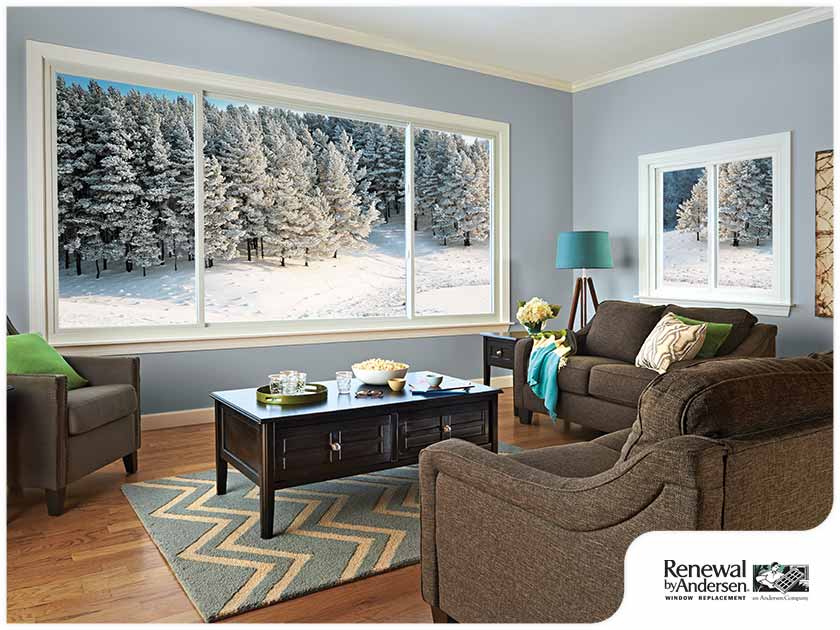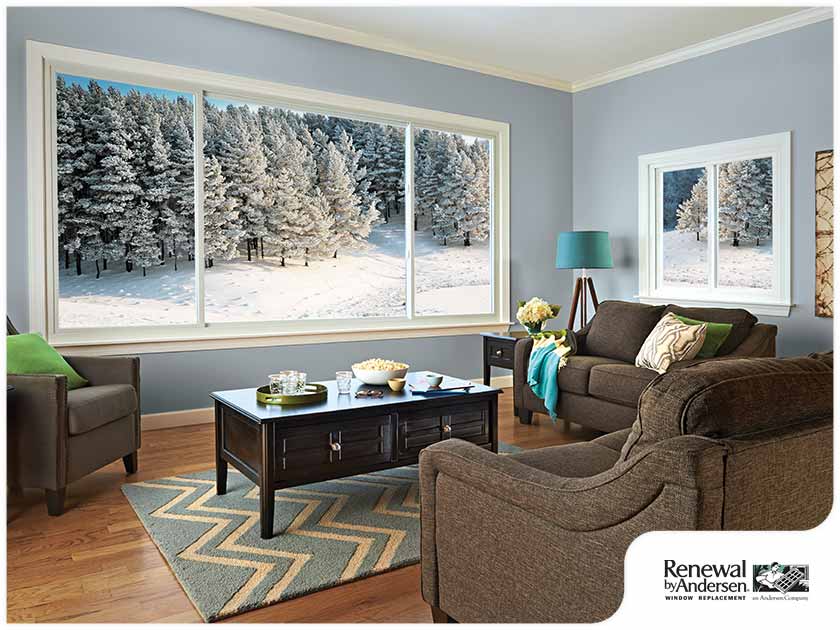

Nothing says childhood during Midwest winters than drawing smiley faces on frosty windows. While ice-laden windows may bring back some nostalgic memories, they could also mean problems are on their way. With the days getting progressively colder, it pays to inspect your windows for signs of frost and condensation.

First, it’s important to note that condensation on your windows is not always a problem. Most of the time, it’s a natural and harmless phenomenon resulting from the hot humid air inside your home coming into contact with the cold glass of your windows. During winter, however, condensation droplets can freeze, forming a layer of frost on your panes. Excessive frosting can lead to window seal failure, drafts and a drop in your overall energy efficiency. Here are a few tips from our experts on how to prevent this issue.
Condensation can occur on whatever style of window you may have. Whether you have casement windows or large inoperable picture windows, they can be prone to condensation. Double-pane glass is meant to reduce condensation even during winter. So, if you notice your windows looking like they’re getting sweaty, it could mean that the seals have failed, and the insulating gas has leaked.
There is no way to 100% stop condensation from happening, but there are several solutions that can lessen its effects enough to be considered negligible.
Get more tips to keep condensation and window frost under control from our professionals at Renewal by Andersen® Midwest. Schedule a window design consultation today by giving us a call at (866) 609-5033 or filling out our contact form.